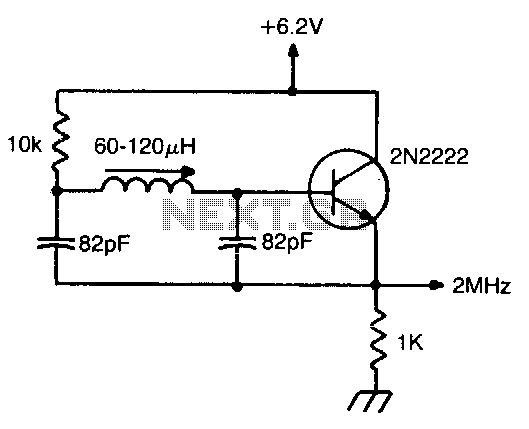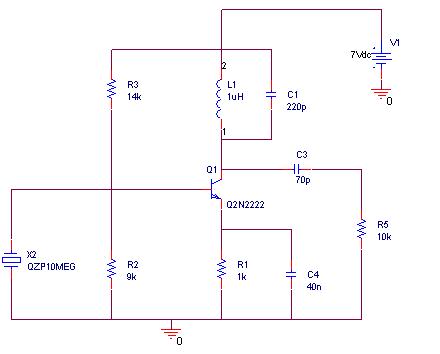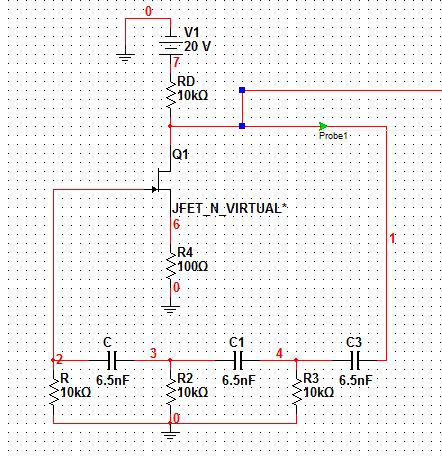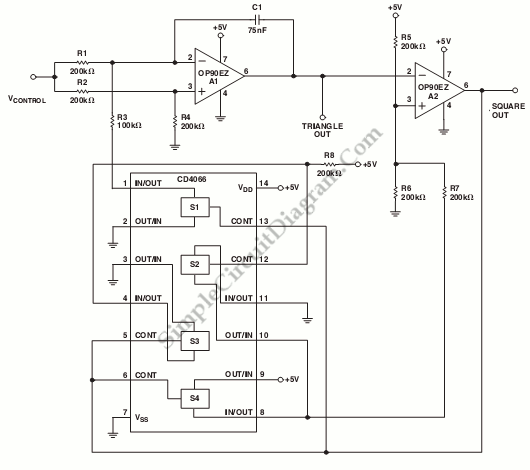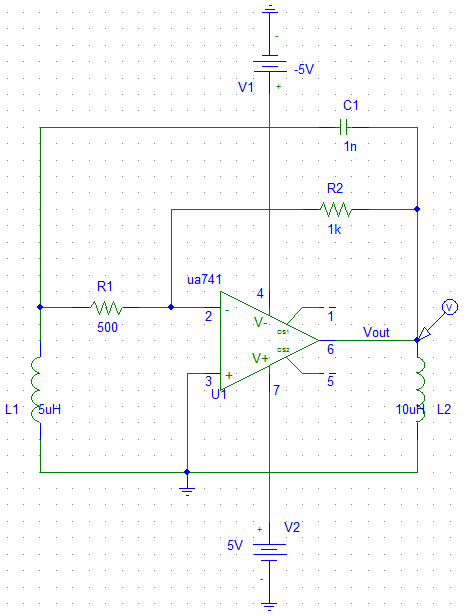
Overtone oscillator with crystal switching
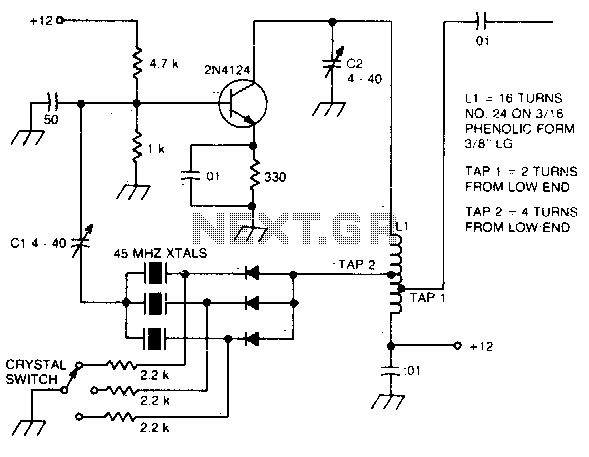
The large inductive phase shift of LI is compensated for by Cl. Overtone crystals have very narrow bandwidth; therefore, the trimmer has a smaller effect than for fundamental-mode operation.
The statement discusses the compensation of inductive phase shifts in a circuit involving an inductor (LI) and a capacitor (Cl). The phase shift introduced by the inductor can significantly affect the performance of the circuit, particularly in resonant applications where precise timing and frequency response are critical. The capacitor is utilized to counterbalance this phase shift, ensuring that the circuit functions correctly within its intended operational parameters.
Additionally, the mention of overtone crystals highlights their application in frequency control and timing circuits. Overtone crystals operate at harmonic frequencies of their fundamental frequency, providing a higher frequency output with a narrower bandwidth. This characteristic makes them suitable for applications requiring high precision. However, the narrower bandwidth also implies that adjustments, such as those made with a trimmer capacitor, will have a reduced impact compared to adjustments made in fundamental-mode operation, where the bandwidth is broader.
In summary, the interaction between the inductor and capacitor is crucial for managing phase shifts, while the use of overtone crystals necessitates careful consideration of bandwidth effects when fine-tuning circuit parameters. This understanding is essential for designing circuits that require accurate frequency control and phase alignment.The large inductive phase shift of LI is compensated for by Cl Overtone crystals have very narrow bandwidth;, the re fore, the trimmer has a smaller effect than for fundamental-mode operation. 🔗 External reference
The statement discusses the compensation of inductive phase shifts in a circuit involving an inductor (LI) and a capacitor (Cl). The phase shift introduced by the inductor can significantly affect the performance of the circuit, particularly in resonant applications where precise timing and frequency response are critical. The capacitor is utilized to counterbalance this phase shift, ensuring that the circuit functions correctly within its intended operational parameters.
Additionally, the mention of overtone crystals highlights their application in frequency control and timing circuits. Overtone crystals operate at harmonic frequencies of their fundamental frequency, providing a higher frequency output with a narrower bandwidth. This characteristic makes them suitable for applications requiring high precision. However, the narrower bandwidth also implies that adjustments, such as those made with a trimmer capacitor, will have a reduced impact compared to adjustments made in fundamental-mode operation, where the bandwidth is broader.
In summary, the interaction between the inductor and capacitor is crucial for managing phase shifts, while the use of overtone crystals necessitates careful consideration of bandwidth effects when fine-tuning circuit parameters. This understanding is essential for designing circuits that require accurate frequency control and phase alignment.The large inductive phase shift of LI is compensated for by Cl Overtone crystals have very narrow bandwidth;, the re fore, the trimmer has a smaller effect than for fundamental-mode operation. 🔗 External reference
Warning: include(partials/cookie-banner.php): Failed to open stream: Permission denied in /var/www/html/nextgr/view-circuit.php on line 713
Warning: include(): Failed opening 'partials/cookie-banner.php' for inclusion (include_path='.:/usr/share/php') in /var/www/html/nextgr/view-circuit.php on line 713
